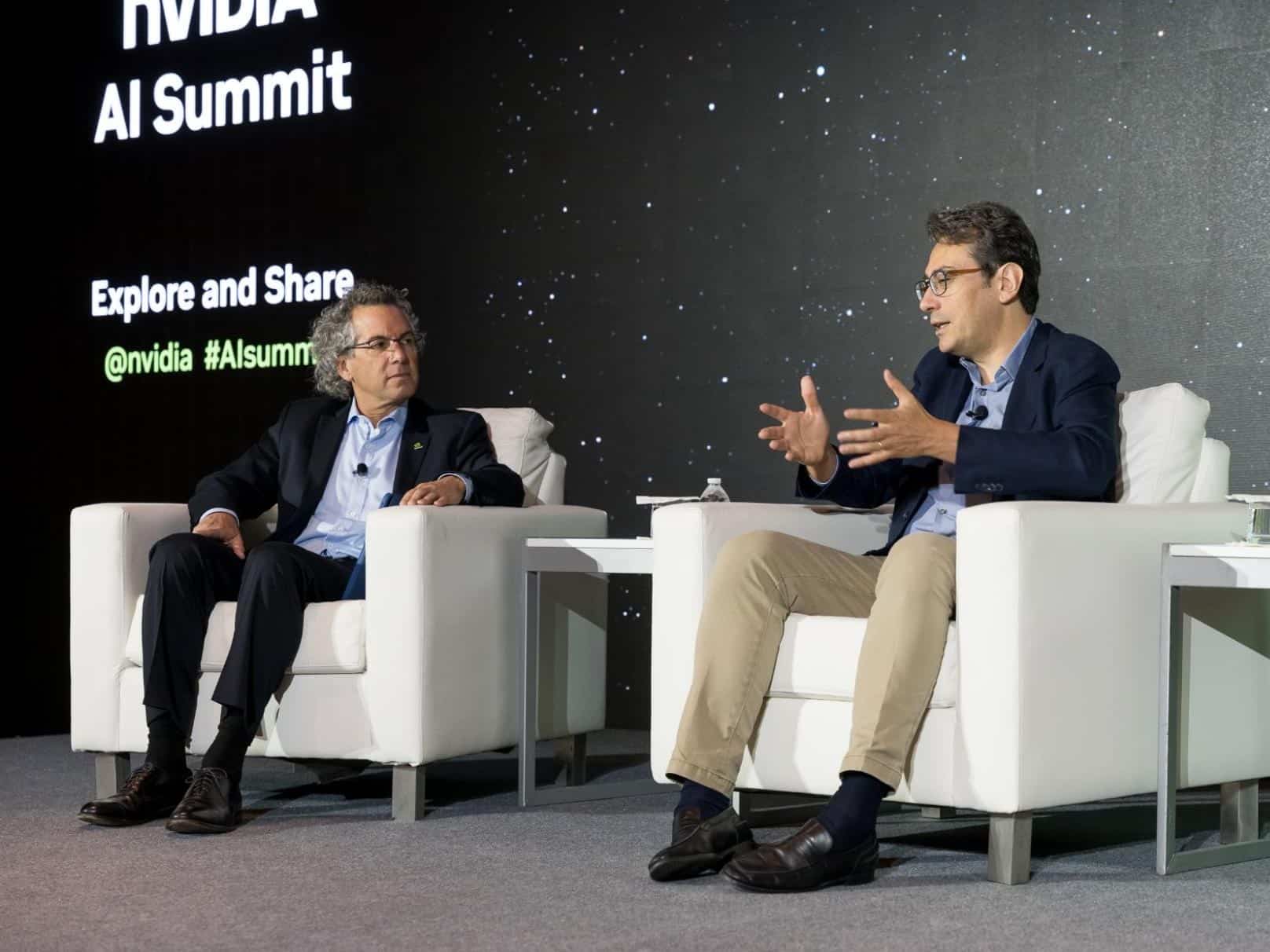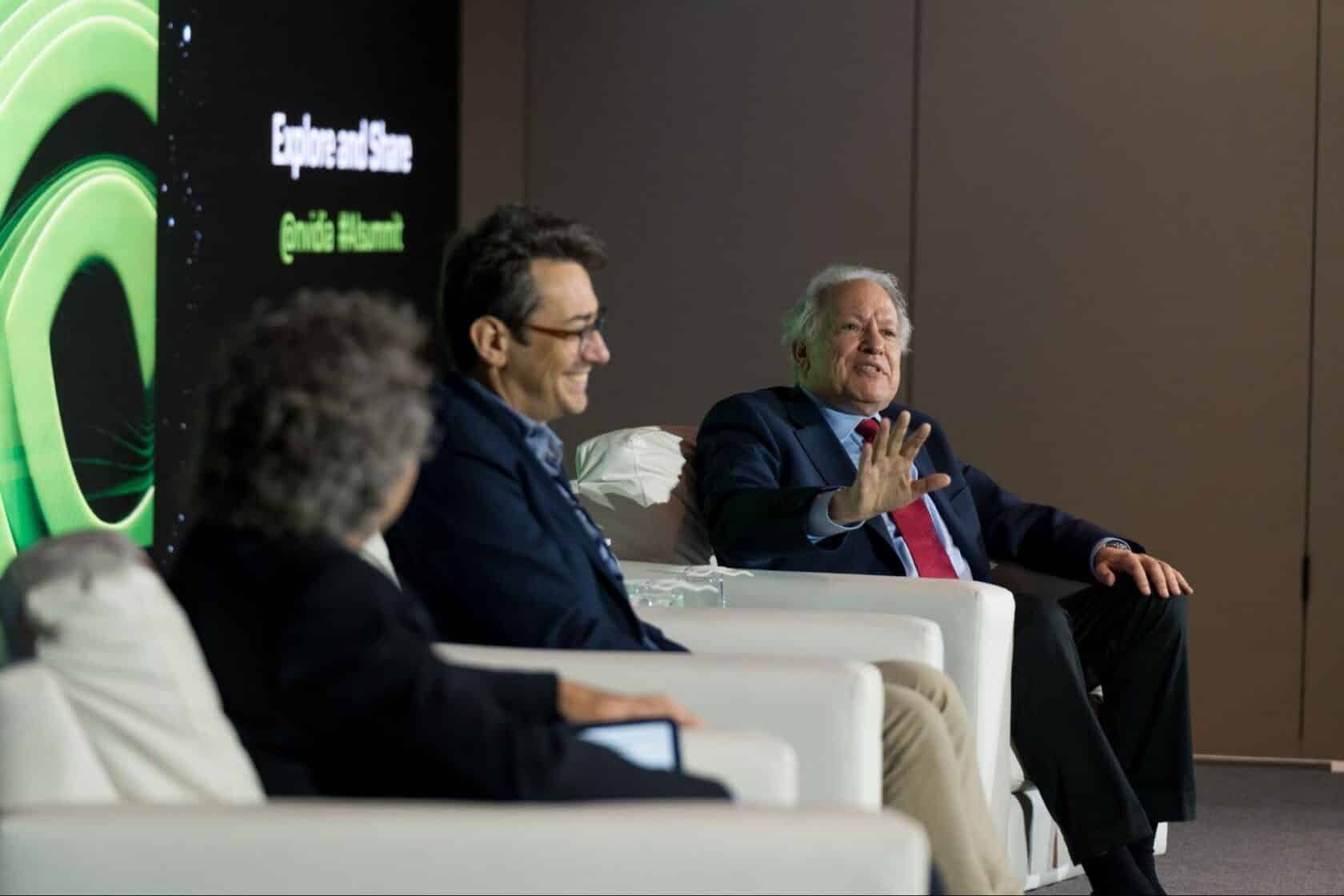The autonomous driving business is formed by fast technological developments and the necessity for standardization of tips to make sure the security of each autonomous autos (AVs) and their interplay with human-driven autos.
On the NVIDIA AI Summit this week in Washington, D.C., business specialists shared viewpoints on this AV security panorama from regulatory and expertise views.
Danny Shapiro, vice chairman of automotive at NVIDIA, led the wide-ranging dialog with Mark Rosekind, former administrator of the Nationwide Freeway Visitors Security Administration, and Marco Pavone, director of AV analysis at NVIDIA.
To border the dialogue, Shapiro kicked off with a sobering remark in regards to the excessive variety of crashes, accidents and fatalities on the world’s roadways. Human error stays a major problem and the first trigger of those incidents.
“Bettering security on our roads is important,” Shapiro mentioned, noting that NVIDIA has been working for over twenty years with the auto business, together with superior driver help methods and totally autonomous driving expertise growth.
NVIDIA’s strategy to AV growth is centered on the combination of three computer systems: one for coaching the AI, one for simulation to check and validate the AI, and one within the car to course of sensor knowledge in actual time to make protected driving selections. Collectively, these methods allow steady growth cycles, all the time enhancing the AV software program in efficiency and security.
Rosekind, a extremely regarded automotive security knowledgeable, spoke in regards to the patchwork of laws that exists throughout the U.S., explaining that federal businesses give attention to the car, whereas the states give attention to the operator, together with driver schooling, insurance coverage and licensing.
Pavone commented on the emergence of latest instruments that enable researchers and builders to rethink how AV growth is carried out, because of the explosion of latest applied sciences associated to generative AI and neural rendering, amongst others.
These applied sciences are enabling new developments in simulation, for instance to generate advanced situations aimed toward stress testing autos for security functions. They usually’re harnessing basis fashions, reminiscent of imaginative and prescient language fashions, to permit builders to construct extra strong autonomy software program, Pavone mentioned.
One of many related and well timed subjects mentioned throughout the panel was an announcement made throughout the AI Summit by MITRE, a government-sponsored nonprofit analysis group.
MITRE introduced its partnership with Mcity on the College of Michigan to develop a digital and bodily AV validation platform for business deployment.
MITRE will use Mcity’s simulation instruments and a digital twin of its Mcity Take a look at Facility, a real-world AV check atmosphere in its digital proving floor. The collectively developed platform will ship bodily based mostly sensor simulation enabled by NVIDIA Omniverse Cloud Sensor RTX functions programming interfaces.
By combining these simulation capabilities with the MITRE digital proving floor reporting and evaluation framework, builders will be capable to carry out exhaustive testing in a simulated world to securely validate AVs earlier than real-world deployment.
Rosekind commented: The MITRE announcement “represents a possibility to have a trusted supply who’s executed this in lots of different areas, particularly in aviation, to create an impartial, impartial setting to check security assurance.”
“Probably the most thrilling issues about this endeavor is that simulation goes to have a key function,” added Pavone. “Simulation permits you to check very harmful circumstances in a repeatable and different manner, so you may simulate totally different circumstances at scale.”
“That’s the fantastic thing about simulation,” mentioned Shapiro. “It’s repeatable, it’s controllable. We are able to management the climate within the simulation. We are able to change the time of day, after which we will management all of the situations and inject hazards. As soon as the simulation is created, we will run it again and again, and because the software program develops, we will guarantee we’re fixing the issue, and may fine-tune as vital.”
The panel wrapped up with a reminder that the important thing purpose of autonomous driving is one that companies and regulators alike share: to scale back loss of life and accidents on our roadways.
Watch a replay of the session. (Registration required.)
To be taught extra about NVIDIA’s dedication to bringing security to our roads, learn the NVIDIA Self-Driving Security Report.

